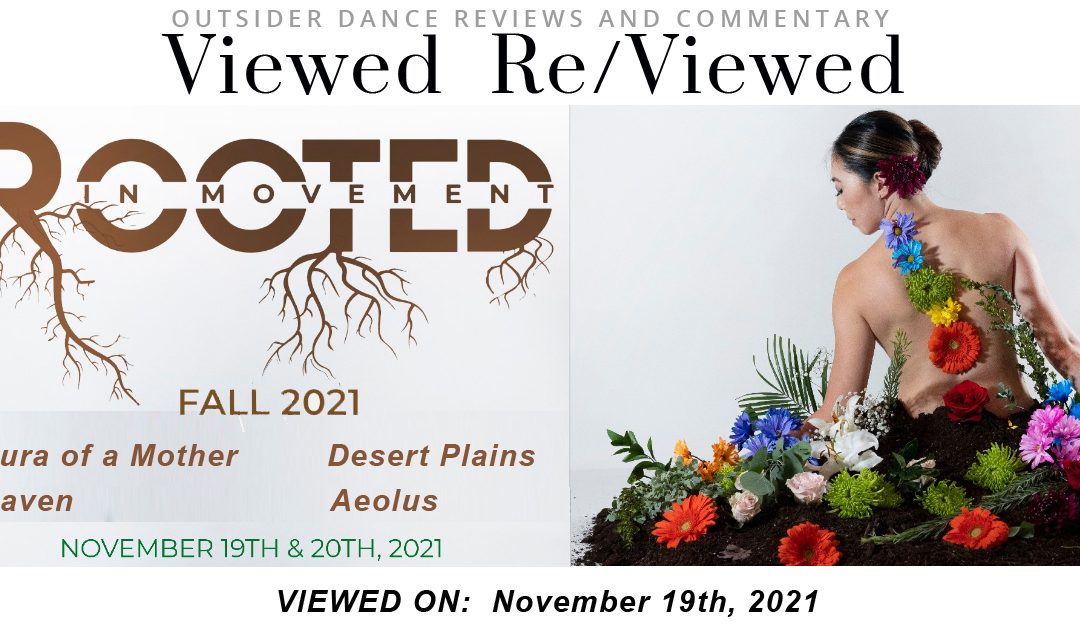Choreographer: Candy Jimenez
Performer: Alexander Patrick
I have seen Alexander Patrick dance once before. He was billed as Dr. Alexander Patrick, a rare and exotic accolade for a dancer, but whatever his academic distinction, he is certainly rare and exotic. Choreographers like Candy Jimenez, intent on bending him to their will to illustrate a storyline or scene or character, do so at the peril of those intentions. His larger-than-life presence outshines whatever environment he is placed in.
The performer’s frame was overlarge for the tiny stage mounted between the boles of a cluster of trees. Curled up in the fetal position, he consumed all of it. Draped in a sheet of transparent plastic, his semi-nude body went into contortions that mimicked the struggle of a chrysalis attempting its escape. As he began to free himself and the piece developed, his interaction with the tree and the integrated platform was visceral. You could feel the tension as he supported himself between tree trunks or used them to accentuate the attempts at escape that he explored.
His dynamic interchange with this environment included some impressive rolling mounts onto the stage. I have no other way of describing this. He would simply tuck his head and went from standing tall on the ground to lying recumbent on the stage, in a motion so smooth it was almost undetectable, and then proceeded to integrate that into a continuous sequence.
When Alexander danced on the open ground, when he spread his long arms, or in particular when he raised a leg over his head, adding to his already extraordinary height, he gave real meaning to the word “extension”.
While Alexander Patrick’s performance was mesmerizing – and perhaps because it was mesmerizing, Candy Jimenez’ attempts to communicate the stated theme of the piece, “Aeolus the god of wind and the winds of change” were less successful. The performer’s interaction with the props – the wind chimes and draped fabric, seemed almost perfunctory. His tall, statuesque frame, beautiful physique and inherently elegant movements were breathtaking and his surroundings correspondingly irrelevant. However, if we consider the opening movement, when he was a struggling chrysalis and leap to the rush of freedom implied in the last movement when he ran, trailing a billowing gossamer fabric that unwound forever behind him, the theme found some surprising and elegant redemption. However, everything in-between was all Alexander.
Viewed Re/Viewed


Recent Comments